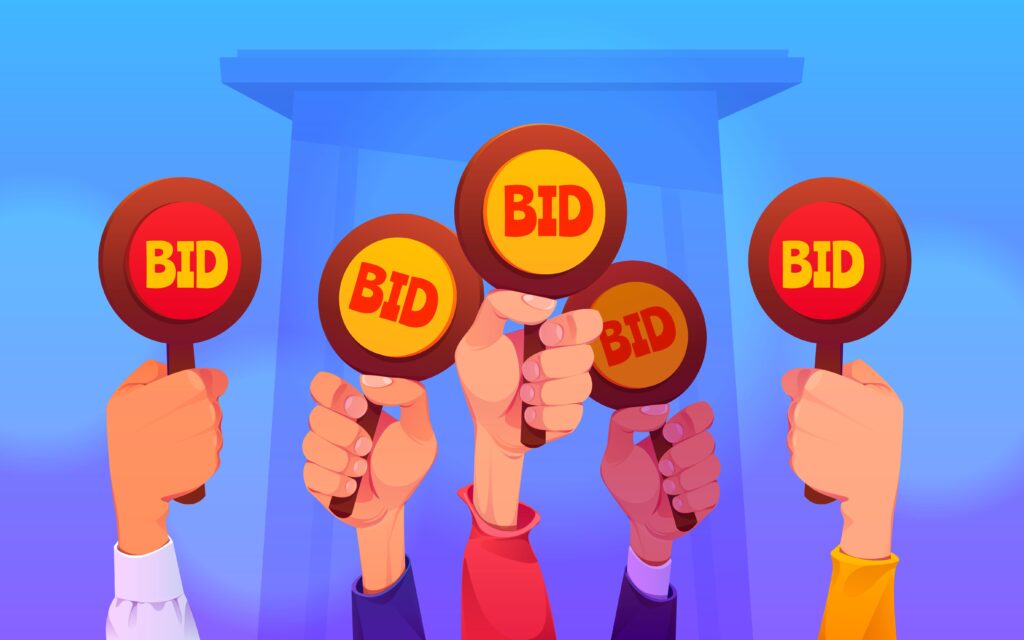Where Do You Find Government Contracts For Bidding
Search for opportunities at the following SAM.gov. Federal agencies are required to publish all contracts that are above $25,000 on SAM.gov. This means that there are a large number of contracts advertised there at any given time.
Contact a procurement officer for information on contracts that are below the $25,000 threshold for publishing.
Look To Your Local PTAC Office
Procurement Technical Assistance Centers or PTACs provide free assistance in government contracting. They will help you identify bidding opportunities and if your company meets certain criteria to work with the government. Here is also where you can find out if your business can be certified as 8(a), WOSB., or HUBZone.
Get The Bid Package
After you have ascertained the government contract that you want to bid on, it is important to contact the agency and request a bid package. This package is also often called the solicitation package.
After you receive the package, review it carefully. Find out what the purchasing office is wanting to buy and figure out if your company can meet the requirements.
The Bid Package should contain the following: the buyer’s contact information including name, address, phone number, and e-mail address are listed on the bid notice. When you request the bid package, make sure to also ask for amendments.
The Bid

The Federal government has the following type of solicitations for bidding:
- Request for Quotation (RFQ). This type is for contracts below $150,000 with a simplified acquisition procedure.
- Request for Proposal (RFP). This type of solicitation asks vendors to make a proposal in response to the government request. You can (and often will) discuss delivery details, technical requirements, and specifications with the contracting officer when you bid on that type of solicitation.
- Invitation for Bid (IFB). The “lowest bid wins” or “sealed bid” type of solicitation. No discussion or price negotiation is implied here.
- Request for Information (RFI). This is mostly to research the market and evaluate the interest and capabilities of contractors in a specific niche.
Make sure you read the solicitation requirements carefully. A solicitation package will include, documents, technical conditions, attachments, and various other things required with the submission. For most federal government contracts under RFP and IFB solicitations, there are standard contracting forms you should fill. As for required documents, they are listed in the solicitation
Contact your contracting officer if you have questions. It is important that you understand every single thing about the solicitation that you are bidding on. Also, look to FARs (Federal Acquisitions Regulations) that govern the solicitation you are to respond to make sure you know the regulations and requirements.
Be Competitive
Use resources like USASpending.gov or govspend.com to compare your bids using third-party service providers. The government uses Most Favored Customer or MFC to determine what is fair and reasonable pricing.
This is defined as”
A Standard Clause allows a buyer to obtain the best possible price on goods or services from a seller by requiring it to provide the buyer with the lowest price among all buyers in that market. If the seller wants to offer a different buyer a lower price, it must also first offer that price to the buyer with the most favored customer clause (MFC), also known as a most favored nation clause. MFCs can implicate US antitrust laws, which analyze the enforceability of MFCs using a rule of reason analysis. This Standard Clause addresses the price of goods and has integrated drafting notes with important explanations and drafting tips.
What Type Of Contract Is Being Sought?
The three major contracts that are being sought are fixed price, cost-reimbursement, and special situation.
Fixed-Price Contracts
These government contracts are used when the scope of work is clear from the beginning and therefore a price is determined by the agency in advance. There are many different types of this particular contract.
Firm Fixed-Price (FFP)
This contract means that the price is set in stone and the vendor or small business awarded the contract will be taking all the risk. So if the contract is over budget, the small business owner has to pay out of pocket. However, if the project is under budget, then the business will keep the extra profit. This is a great contract for companies that are precise with their pricing and a lot of experience in the field.
Fixed-Price with Award Fees
A fixed price with award fees contract offers a hard and fast price for objective performance success. This contract will also have additional awards to incentivize more subjective qualities like aesthetic appearance and technical knowledge
Fixed-Price with Economic Price Adjustment
The prices are often adjusted at the top of the project to account for changes within the cost of labor, materials, or market prices of specific items within the contract. The criteria for these sorts of price changes must be defined within the original contract.
Fixed Price Incentive (FPI)
This contract states a maximum price but it also awards the service provider for coming in under budget. So coming under budget in this type of contract allows for a larger profit for the small business provider.
Cost-Reimbursement Contracts
Cost-reimbursement is a category of contracts that are used when it would be too difficult to estimate the cost of the project in advance. They usually define a spending limit but are a way lower risk for the service provider than fixed-price contracts.
Cost Contracts
This contract pays only for expenses and there is no profit for the small business provider. Cost contracts are often used for research projects provided by non-profit organizations.
Submission

It usually takes the government 30 to 120 days to review your submission. The Contracting Officer evaluates many factors including financial figures of your business, how long it has been on the market, past performance reports, and, of course, if your pricing is competitive.
Whether your proposal is accepted or rejected, you will receive a response from the Gov’t. Sometimes, the Contracting Officer requests some more information or asks you to clarify some issues. If you have not heard anything after 120 days, follow up with the contact information with the agent listed in the solicitation.